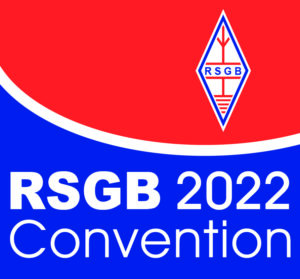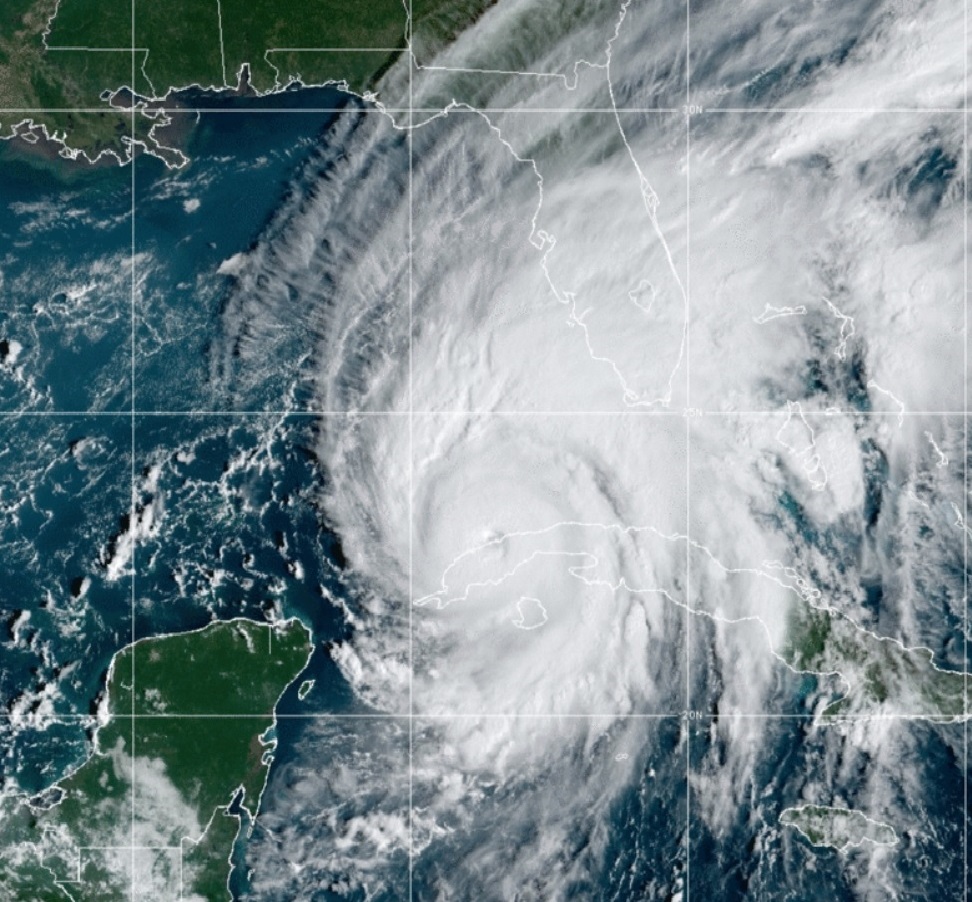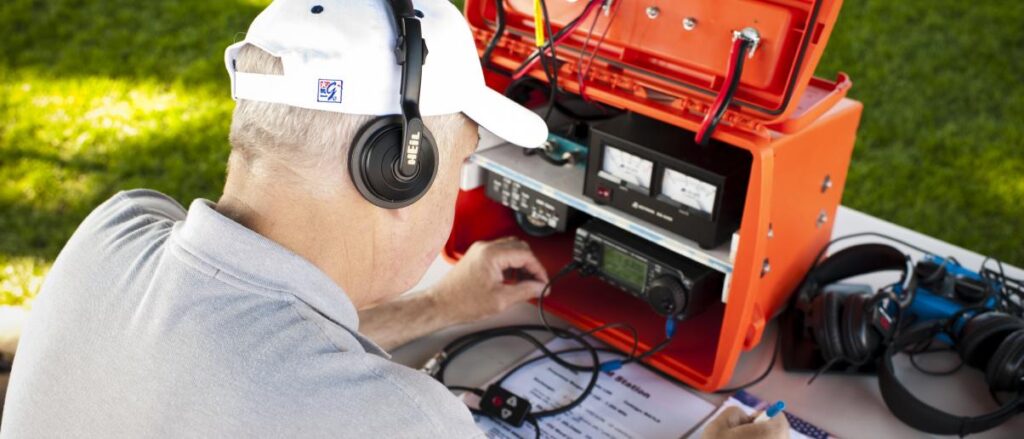
RAC reports On July 28, 2022, Innovation Science and Economic Development Canada (ISED) released an update to a very important document for Canadian Radio Amateurs: ‘RBR-4 – Standards for the Operation of Radio Stations in the Amateur Radio Service’.
The document specifies what frequencies we may operate on and with what bandwidths.
There are two major new additions to our spectrum:
• 472 to 479 kHz, also known as 630 metres: on this new band, we are allowed to run a maximum of five watts EIRP, using emissions with a maximum bandwidth of 1 kHz.
• 5351.5 to 5366.5 kHz in the 60 metre band: this is a new worldwide allocation. Canadian Amateurs are allowed to run a maximum of 100 watts ERP, using emissions with a maximum bandwidth of 2.8 kHz.
The new 60 metre band is in addition to our existing fixed-frequency allocations at 5332, 5348, 5373 and 5405 kHz. The new 15 kHz-wide allocation overlaps our existing authority to use 5358.5 kHz. Canadian Amateurs are unique in having authority to use 100 watts ERP on the four spot frequencies and on the new 15 kHz worldwide segment. Amateurs in most countries are limited to 25 watts or less and may operate only in the new 15 kHz-wide segment.
Please note that Amateur Radio is a Secondary radio service on these bands. Amateurs may not cause harmful interference to Primary users and we may not claim protection from interference by Primary users.
There are other small changes in RBR-4 that bring Canadian Amateur Radio regulations in line with changes agreed at several previous World Radio Conferences (WRCs) of the International Telecommunications Union (ITU).
Radio Amateurs of Canada would like to thank former Regulatory Officer Richard Ferch, VE3KI, for his dedicated work over several years to bring these changes forward.
You can find RBR-4 here:
https://www.ic.gc.ca/eic/site/smt-gst.nsf/eng/sf10650.html
Dave Goodwin, VE3KG
Regulatory Affairs Officer
Radio Amateurs of Canada
Source RAC
https://www.rac.ca/
https://twitter.com/RACTWEETS
Review
Icom ID-4100 D-Star – Review
Since the introduction of D-STAR in 2001, Icom has been committed to improving and advancing the D-STAR experience. The ID-4100A and it’s advance tech... Read more
ZUMSpot RPi PiStar Hotspot Review
The ZUMspot RPi is an advanced radio module board. Paired with a Raspberry Pi and the MMDVM software becomes a small and efficient multi-mode digital... Read more
Review of MFJ-1886 Rx-only Antenna
MFJ-1886 Loop Antenna Dig out previously unreadable signals and track down annoying sources of interference with the MFJ-1886 HF Receive Loop Antenna!... Read more
A review of the Elad FDM-S2 software defined receiver
Great Article – Elad FDM-S2 from http://swling.com/ Check: http://swling.com/blog/2014/12/a-review-of-the-elad-fdm-s2-software-defined-rece... Read more
FT-DX101D VIDEO [ German Version ]
FT-DX101D Announced features for incredible Yaesu FTdx-101D include: * Elite-Level 160 to 6 Meters 100 Watt Transceiver * Superb and astonishing close... Read more
Xiegu G90 HF SDR Transceiver
HF SDR Transceiver Read more
IARUMS Region 1 Presentation by HB9CET
The International Amateur Radio Union (IARU) is a federation of national associations of certified radio amateurs, representing over 150 countries and... Read more
Equipment
Mini SSB receiver ATS-25 (LW/MW/SW/FM)
It’s small SSB/AM/FM receiver with wide band coverage – LW/MW/SW/FM. Touchscreen and simple menu makes this radio easy to use. It has 2000... Read more
Mercury Paddle- Bencher
The Return of the Legend. N2DAN’s legacy lives on in this beautiful dual paddle crafted from the finest materials– massive brass base with... Read more
SDR Control panel E-coder
SDR Control panel E-coder Product Description The E-coder Control Panel is designed to control a SunSDR2 transceiver or ColibriDDC receiver in... Read more
Logikit SCAF-1 – the Deceptively Simple Filter
Tired of noise? Noise that isn’t the signal you want to copy? White noise, line noise, hiss? And off frequency stuff you don’t want... Read more
RF SHARK SHORTWAVE RECEIVER KIT
The receiver works according to the double superhet principle and is designed for the frequency range from 40 kHz to 30 MHz. It is characterized by an... Read more
HAMlab – 160-6 10W
HAMlab is a fully functional SDR transceiver with 160-10m band coverage and 10W of output power built around the STEMlab platform. It gives you an out... Read more
Xiegu G90 HF 20W SDR Transceiver
Xiegu G90 is a portable 20W HF amateur radio transceiver with an SDR architecture and built-in automatic antenna tuner. The display unit and the radio... Read more
The post Two new bands for Canadian amateurs appeared first on QRZ NOW - Ham Radio News.







![FT-DX101D VIDEO [ German Version ]](https://qrznow.com/wp-content/uploads/2019/01/FT-DX101D_REVIEW-265x168.jpg)












